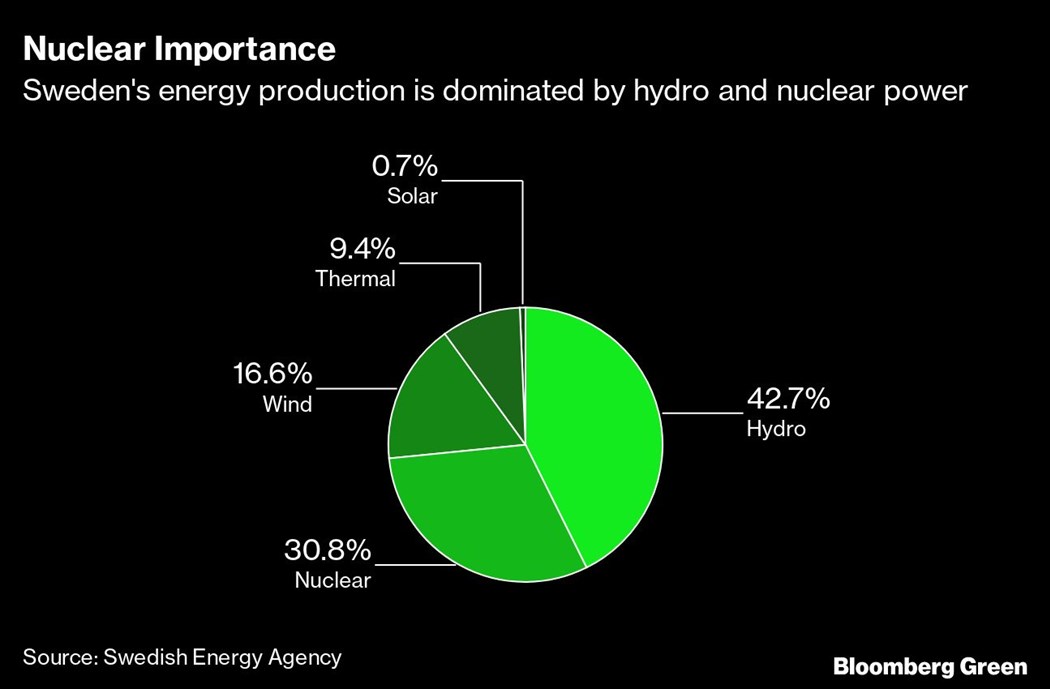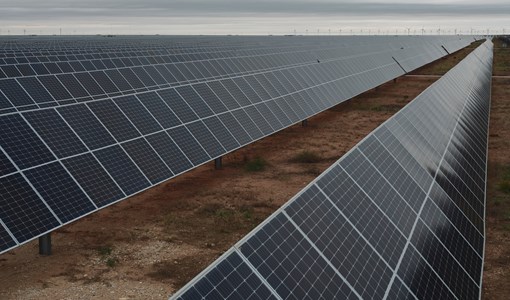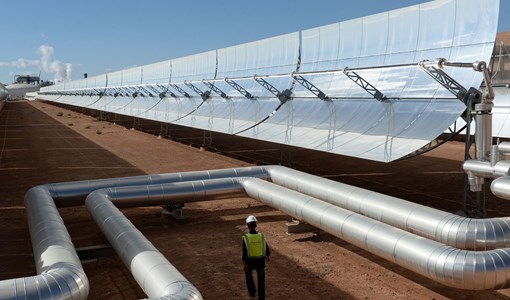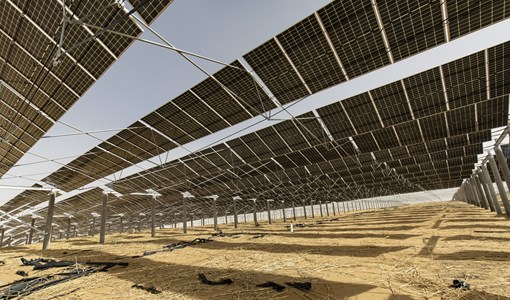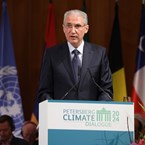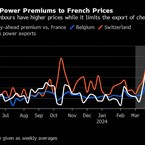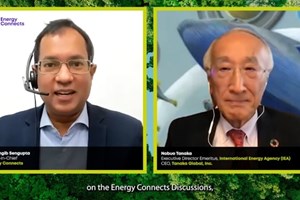Sweden’s 27-Year-Old Climate Minister Is Ready to Quit If Goals Are Missed
(Bloomberg) -- The first country in the world to set a target of net zero by 2045, Sweden is already making plans to go carbon-negative. And with just over 100 days in office, the country’s climate and environment minister has vowed to quit if she’s unable to deliver on its bold climate goals.
“If we see that, for example, I'm not able, as the minister of climate and environment, to create the change that I want to see, I would leave the government and my party would leave the government,” Romina Pourmokhtari said on Bloomberg Green’s podcast.
Pourmokhtari, 27, became Sweden’s youngest-ever cabinet minister when her party joined the new coalition government in October. Made up of the Moderate party, the Christian Democrats and the Liberals (the last of which Pourmokhtari is a member), the coalition also takes support from the Sweden Democrats, a far-right party that contains climate-change deniers.
“We had a really long discussion in my party … where I was actually against cooperating with the Sweden Democrats,” Pourmokhtari says. The Liberals eventually decided to work with Sweden Democrats on issues that include the economy, immigration and energy systems, but Pourmokhtari concedes it is “not uncontroversial” for the far-right party to cooperate with “a liberal, young, female climate and environment minister.”
When it comes to Sweden’s climate goals, Pourmokhtari has her work cut out for her. The country took over the presidency of the European Council in January, and the new prime minister, Ulf Kristersson, has said that climate is one of his priorities both domestically and at the EU level. But his government scrapped the climate and environment ministry in October, folding it into the business ministry. The new budget, also presented in October, shows that Sweden’s spending on environment, climate and nature will decline by 60% from 2022 levels by 2025. Half of the reduction is due to the scrapping of a low-emissions vehicle subsidy, which will end in 2024.
“We've seen a lot of situations where companies and industries, who are actually working towards creating fossil-free goods, have had lots of difficulties with environmental permits and other things,” says Pourmokhtari, who thinks money and time are being wasted on excessive environmental legislation.

The government’s own climate assessment says its lower environmental spending will lead to increased emissions, and current policy could put Sweden's target for cutting transportation-sector emissions 70% by 2030 out of reach. The environment ministry told Bloomberg that it is working on updating its climate plans through 2025, which it will present later this year. Outside of domestic funding, the new government has committed to doubling its foreign aid to the Global Environment Facility, a multilateral institution that supports climate projects in developing countries.

As part of its agreement with the Sweden Democrats, the government also asked state-run utility Vattenfall AB to build new nuclear power stations to help meet the country's climate commitments and growing electricity needs. Nuclear power currently provides 31% of Sweden’s energy, while hydropower accounts for 43% and wind 17%. Polls ahead of the October election showed that 60% of the population in favor of new reactors.
“Nuclear power is plan-able, so you know when you’ll get the power,” says Pourmokhtari, adding that the country is also building a lot of offshore wind power.
More stories like this are available on bloomberg.com
©2023 Bloomberg L.P.
KEEPING THE ENERGY INDUSTRY CONNECTED
Subscribe to our newsletter and get the best of Energy Connects directly to your inbox each week.
By subscribing, you agree to the processing of your personal data by dmg events as described in the Privacy Policy.
More renewables news

Europe Is Being Scorched and Flooded by Growing Climate Extremes
Apr 22, 2024
Biden Unveils Winners of $2 Billion in Green Tax Credits
Apr 19, 2024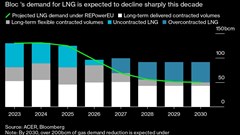
Europe’s Demand for LNG Set to Peak in 2024 as Crisis Fades
Apr 19, 2024
Clean Hydrogen’s Best Bet May Be a Rainforest State in Borneo
Apr 18, 2024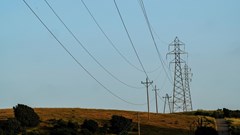
PG&E, Edison, California Apply for $2 Billion US Grid Grant
Apr 18, 2024
China’s Solar Surge Is Making a Missing Power Data Problem Worse
Apr 18, 2024
First Solar Jumps After Report Says Biden to End Trade Loophole
Apr 17, 2024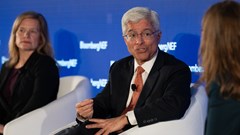
Biden’s Climate Law Catalyzed Investment, But Projects Still Face Snags
Apr 17, 2024
Masdar and EGA form alliance on aluminium decarbonisation and renewables
Apr 17, 2024
Chevron Launches $500 Million Fund to Invest in Clean Tech
Apr 16, 2024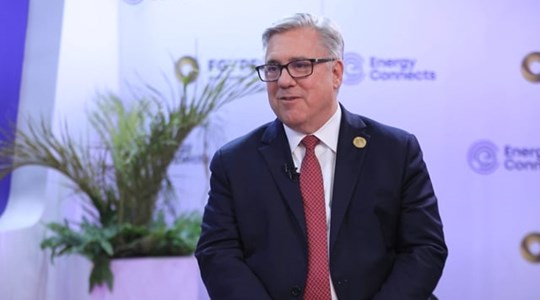
Chevron helping drive Egypt’s journey to become Africa’s energy powerhouse
Mar 11, 2024
Energy Workforce helps bridge the gender gap in the industry
Mar 08, 2024
EGYPES Climatech champion on a mission to combat climate change
Mar 04, 2024
Fertiglobe’s sustainability journey
Feb 29, 2024
P&O Maritime Logistics pushing for greater decarbonisation
Feb 27, 2024
India’s energy sector presents lucrative opportunities for global companies
Jan 31, 2024
Oil India charts the course to ambitious energy growth
Jan 25, 2024
Maritime sector is stepping up to the challenges of decarbonisation
Jan 08, 2024
COP28: turning transition challenges into clean energy opportunities
Dec 08, 2023
Why 2030 is a pivotal year in the race to net zero
Oct 26, 2023Partner content

Ebara Elliott Energy offers a range of products for a sustainable energy economy

Essar outlines how its CBM contribution is bolstering for India’s energy landscape

Positioning petrochemicals market in the emerging circular economy

Navigating markets and creating significant regional opportunities with Spectrum


